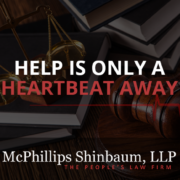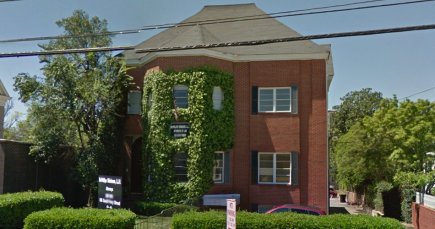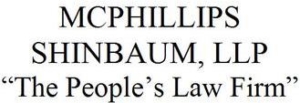Three Shades of Cause
A previous post discussed the legal duty that one person owes another person. Once it is established that the plaintiff owed you a duty, the next step in your negligence case is to link that duty to your damages. While duty is largely a legal question — for the most part, the law determines who is an “employee” and who is an “independent contractor” and so on — causation is nearly always a fact question.
Breach
Simply stated, defendants breach their duty when they fail to do what they are supposed to do. If a driver runs a stop sign or fails to yield the right of way, that is a breach of the duty of care. If a pharmaceutical company fails to warn patients about a known drug risk, that is a breach of the company’s duty of care.
Cause in fact
Often, a defendant argues that the breach of duty did not cause the plaintiff’s damage. A driver may admit hitting another vehicle, but argue that the victim’s leg injury was a preexisting sports injury that was not caused by the collision.
Proximate cause
Proximate cause is a difficult concept, and perhaps best explained by a 100-year-old court case. “Poor Mrs. Palsgraf” was waiting for a train in Long Island with her two daughters. As the train left, two railroad porters tried to help a man onto the train. As the porters jostled the passenger, the passenger dropped a package of fireworks. The fireworks exploded, and Mrs. Palsgraf suffered a “nervous disorder.” When Mrs. Palsgraf sued the railroad company, the court determined that the porters did not proximately cause Mrs. Palsgraf’s injury. Other intervening causes may include a criminal act or a third driver in a multi-car pile-up.
Anytime you are injured in an accident, whether you are on a railroad platform or anywhere else, speak to an attorney right away. A lawyer can help you get in to see a doctor and help you preserve any legal rights you may have. Contact McPhillips Shinbaum today for your free consultation.









